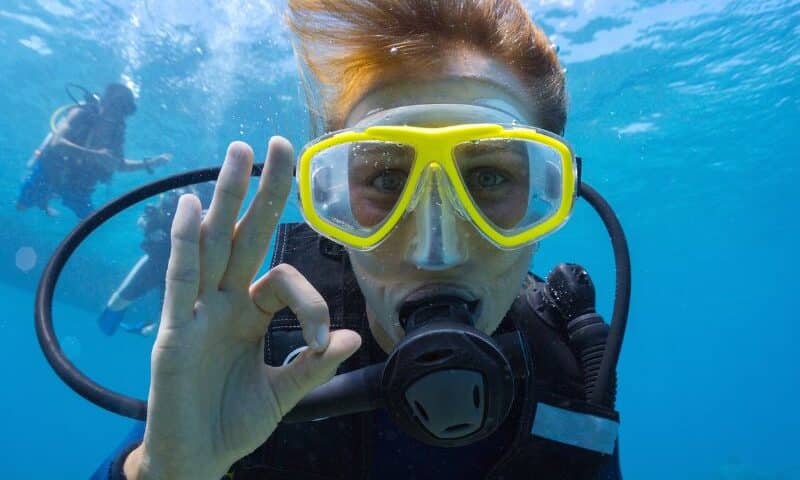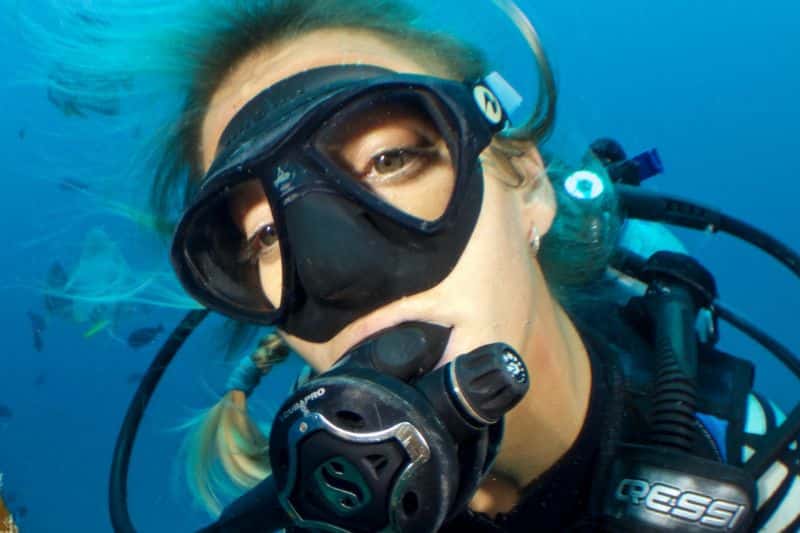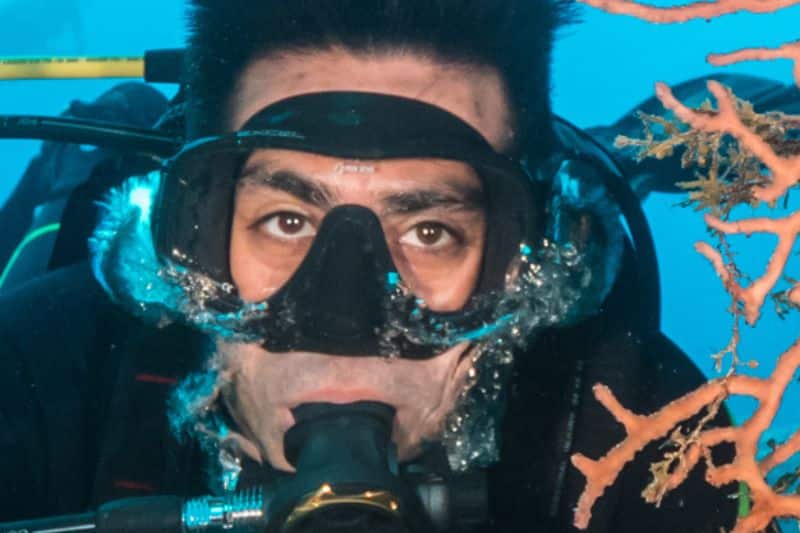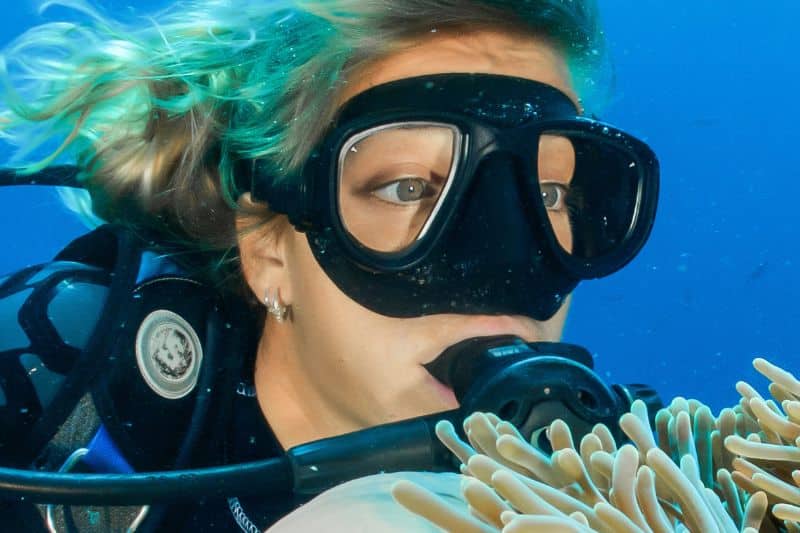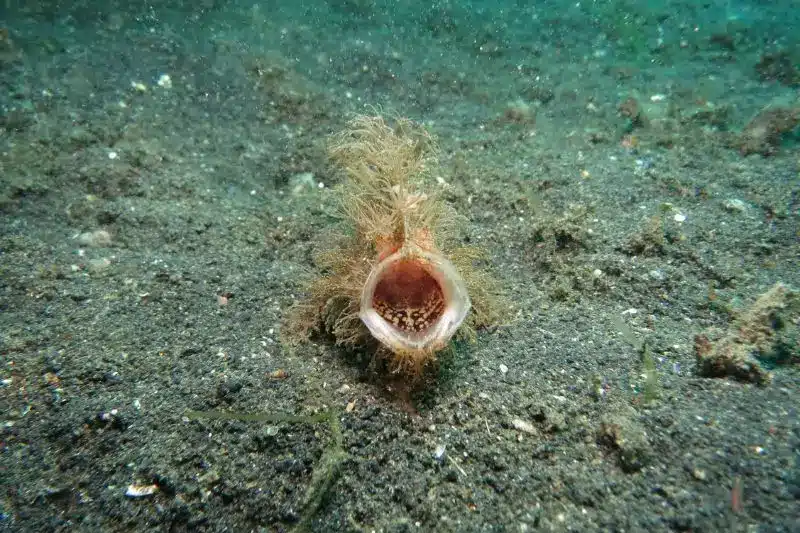Mask squeeze or Facial barotrauma. Sounds like some fancy diving term, right? Complicated. Weird. Something only instructors with a thousand dives under their belt truly understand.
But nope. Here, you’ll get it all. It’s your face getting squashed by your diving mask.
No long words. No twisted language. No sentences that sound like they came straight out of a university textbook. Why? Because, you know what? We want you to have fun diving, and you won’t if we bore you while explaining mask squeeze.
Princeton professor Danny Oppenheimer already said it loud and clear: the fancier you talk, the less smart you seem. And also, the less believable.
So, let’s cut to the chase. You want to know what mask squeeze is. How to recognize it. What to do if you get cheek squeeze, facial squeeze, or even eye discomfort, the dreaded ocular squeeze. You want to prevent it. You want to dive without fear. Period.
In this article, I’ll tell you exactly what happens under the water with your mask. Why facial barotrauma from a diving mask is more common than you think. And how to avoid bruises, pressure problems, or even annoying symptoms like sinus squeeze.
Yes, we’ll talk about those little injuries that can be prevented. And you’ll get it all clearly, without a single word more than needed.
You’ll understand it. A kid would understand it. Even someone who has never put on a diving mask in their life would get it.
Done. No detours. Let’s dive in!



